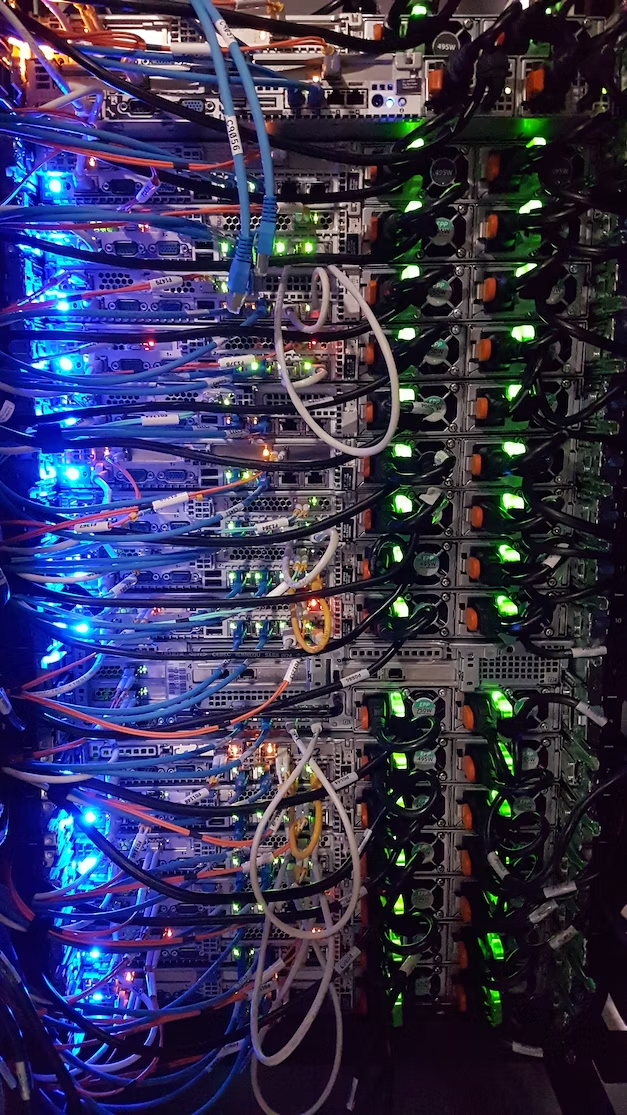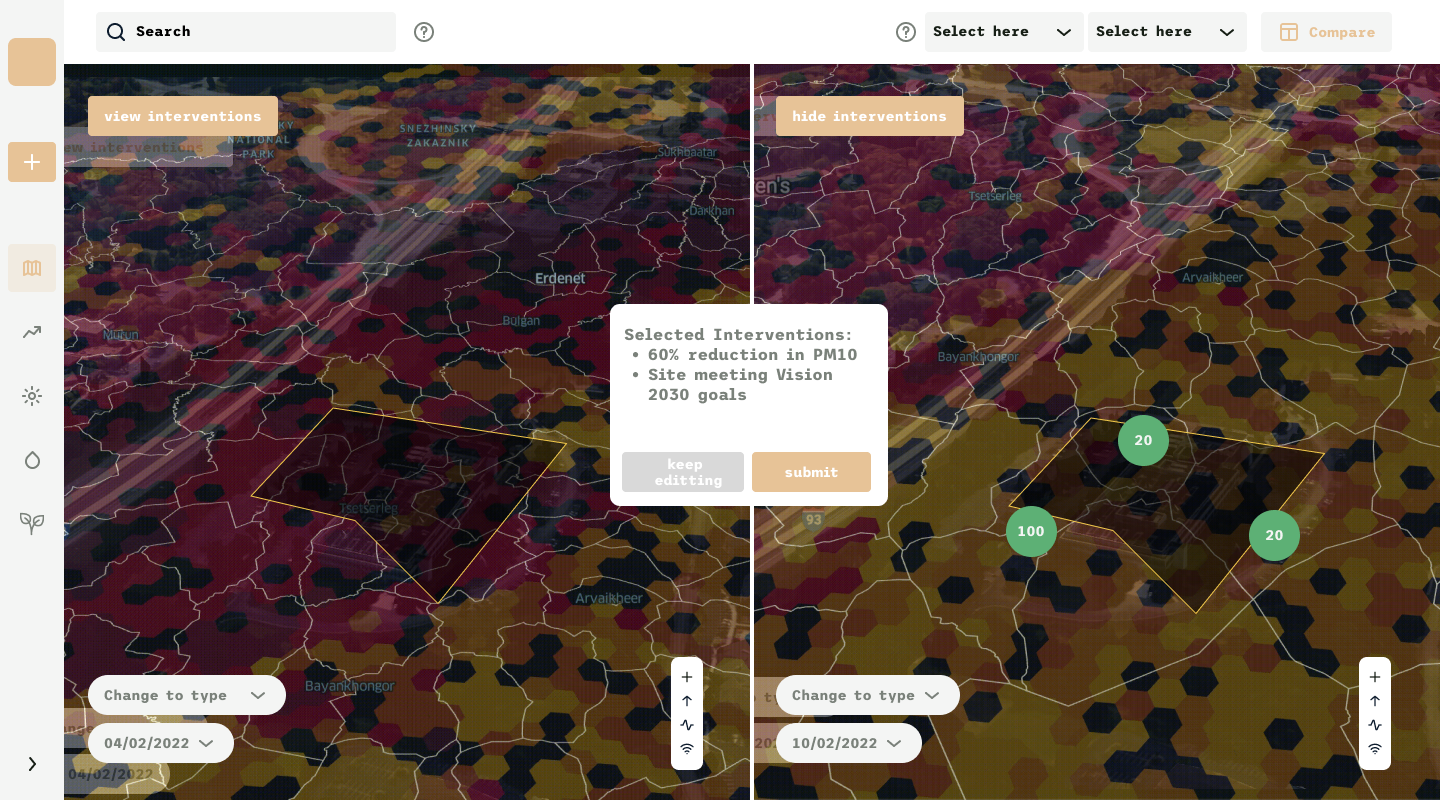Who We Are
We are an award-winning team of computer vision researchers from MIT and Argonne National Research Lab.
We are building the first open source engine to predict the impact of air pollution at every location on the planet.

We are building the first open source engine to predict the impact of air pollution at every location on the planet.
Air pollution costs businesses $8.1 trillion annually.

6 % of GDP lost due to mortality and morbidity from air pollution. We provide hyper-local air pollution exposure metrics to calculate the health burden of disease caused from pollution exposure.

Air pollution reduces the shelf life of IT assets costing businesses $6.7 billion in energy costs and replacement costs. We perform site-suitability analyses and model improvements in HVAC efficiency over existing baselines while maintaining safety and operational constraints.

Air pollution causes 10% loss in agricultural yields causing losses across the agricultural and food value chain. We provide air pollution impact assessments for farms to intelligently manage their farming practices.
Regional Partnerships
Projects
Percent of Energy Efficiency Savings
Million children's exposure mapped
Your ML-powered climate sensor stack.

A custom-tuned model for one system may not be applicable to another. Therefore, a general intelligence framework is needed to understand the network's interactions.
How we operate equipment and the environment interact with each other in complex, nonlinear ways. Traditional formula-based engineering and human intuition often do not capture these interactions.
Systems cannot adapt quickly to internal or external changes (like the weather). This is because we cannot come up with rules and heuristics for every operating scenario.

Our hard working team

Prithviraj Pramanik is the CEO of AQAI and is a serial entrepreneur, Ph.D. Candidate and a Fulbright Fellow who has studied cost-effective urban air quality measurement techniques extensively. Mr. Pramanik has worked on one of the dense real-time air quality sensor networks in the US deployed across Chicago.

Christina Last is the CTO of AQAI and MIT graduate student, where she holds the 2022-23 US-UK Fulbright All disciplines award. Before MIT, Christina worked at the Alan Turing Institute as a Research Scientist, and as a Data Science Fellow in the Machine Learning Department at Carnegie Mellon University.

Helping humanitarian innovators understand and leverage the power of Open Source. Previous community manager at Redhat and Fedora.

Madison is currently working as a portfolio strategist with the UNICEF Innovation Fund. Previously, Madison was Managing Director of the Social Innovation Lab with Johns Hopkins University.
Fighting pollution together.
Media Coverage
